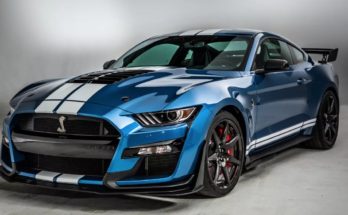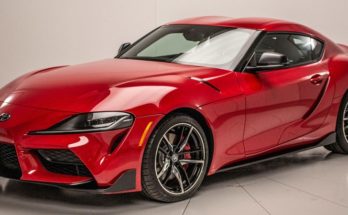Think you know everything there is to know about the Datsun? Maybe you think there isn’t anything worth knowing about the Nissan-owned brand? Think again. While you may be familiar with the American market Datsun vehicles, there are several interesting things I learned while researching, including the history of the name, the makes and models available, and the re-emergence of the brand on the market (this might be most surprising of all since the Datsun name had fallen out of use for so long). Read further if you want to know more about this unique, interesting line of tiny vehicles.
First, Datsun’s history is a fascinating tale all by itself. Since the early 1900’s, DAT (an acronym of the three big car companies in Japan) has been producing vehicles for its home market, both military and consumer. However, Datsun itself came into being after some new rules and regulations were put on the books that allowed cars below 500cc to be driven without a driver’s license. This opened up a new market for small cars, and Datsun was born. The name “dat” (pronounced datto) means “startled rabbit”, which was a good place to start for marketing a small, quick vehicle for personal use. “Son/Sun” was paired with DAT after being sold to Nissan – to represent the sun on Japan’s flag as well as to denote the vehicle’s small size, especially in comparison to the rest of the larger vehicles being sold by Nissan.
Second, Datsun’s name was used to finagle a way into the global market after World War II. Datsun’s lower-priced, smaller cars were a popular item with young American families who wanted a small, second vehicle. The Bluebird became a popular model in the U.S., while the European market (particularly England) seemed to enjoy scooping up the Cherry and Sunny models. Eventually, however, the Datsun brand was changed to reflect its parent company, Nissan, and the Datsun badge disappeared.
Third and last, even though the Datsun name faded into obscurity to be replaced with the Nissan label, it has recently been resurrected to be used in ’emerging’ markets such as Russia, Indonesia, India, and South Africa. Nearly thirty years have passed since Datsun has been promoted as a brand, but it’s now back in action, its small size and low price a hit with people living in large cities. The Datsun Go and its various alternatives (such as the Go+) have been produced since 2012, and have been sold in these markets since 2013. There are even crossovers available now, such as the Redi-Go, and minivans, like the Go+.
What’s next for Datsun? It appears that Datsun is entering the SUV market this year with the Datsun Cross. It is being sold in Indonesia, though if it does well enough, it might move into the other emerging markets, like India and South Africa. With a minivan, SUV, crossover, and car on the market, Datsun may even decide, at some point in the near future, to resurrect its pick-up truck, in order to appeal to the widest audience range possible.


